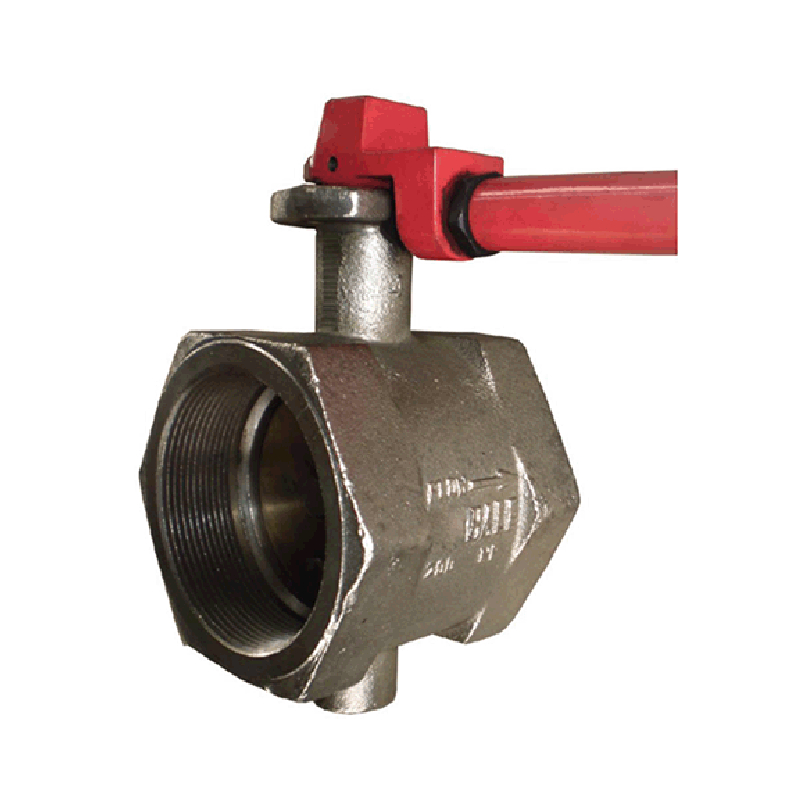9 月 . 17, 2024 15:14 Back to list
Reflex Rubber Expansion Joint - High-Quality Flexible Connectors
Understanding Reflex Rubber Expansion Joints
Reflex rubber expansion joints are essential components in various industrial applications, primarily designed to absorb vibrations, accommodate thermal expansion, and reduce noise in piping systems. These joints are crucial for maintaining the integrity of pipelines, especially in environments that experience fluctuations in temperature and pressure. This article explores the characteristics, benefits, and applications of reflex rubber expansion joints.
What Are Reflex Rubber Expansion Joints?
Reflex rubber expansion joints are flexible connectors made from elastomeric materials, allowing them to deform under stress without compromising their structural integrity. They consist of an inner rubber layer, often reinforced with fabrics or cords, which provides strength and prevents deformation. The unique design typically features flanges on both ends, allowing easy integration into existing piping systems.
Key Characteristics
1. Flexibility and Elasticity One of the primary characteristics of reflex rubber expansion joints is their ability to tolerate movement from thermal expansion and contraction. This flexibility allows them to absorb the stress caused by vibrations and misalignments in pipes.
2. Vibration Damping These joints significantly reduce the transmission of vibrations from pumps or other mechanical equipment, protecting both the piping system and the equipment itself from potential damage.
3. Chemical Resistance Depending on the type of rubber used, reflex joints can resist various chemicals and corrosive substances, making them suitable for various industrial environments, including water treatment, chemical processing, and HVAC systems.
4. Temperature Tolerance Reflex rubber expansion joints can withstand a range of temperatures, typically from -20°F to over 300°F, depending on the material chosen. This capability ensures they perform effectively in diverse settings.
reflex rubber expansion joint

Benefits of Using Reflex Rubber Expansion Joints
1. Ease of Installation These joints are designed for straightforward installation, often requiring standard tools and minimal modifications to existing systems, which can lead to reduced labor costs.
2. Prolonged Equipment Life By absorbing vibrations and accommodating movement, reflex rubber expansion joints help prevent fatigue and wear on pipelines, thereby extending the lifespan of the entire system.
3. Reduced Noise Levels The damping capabilities of these joints significantly lower noise levels in industrial settings, contributing to a more comfortable and safer work environment.
4. Cost-Effectiveness Investing in reflex rubber expansion joints can lead to long-term savings by minimizing the risk of leaks, breaks, and other issues that could result in costly downtime or repairs.
Applications
Reflex rubber expansion joints are versatile and find applications across various industries. They are commonly used in
- Water and Wastewater Treatment To manage the flow of water, absorb shocks from pumps, and prevent leaks in treatment facilities. - HVAC Systems In heating, ventilation, and air conditioning systems, these joints help accommodate thermal movements and reduce noise from airflow. - Chemical Processing To safely transport aggressive fluids while accommodating movement caused by temperature changes.
In summary, reflex rubber expansion joints play a critical role in maintaining the efficiency and reliability of piping systems across many industries. Their flexibility, durability, and ability to mitigate vibrations make them indispensable components for ensuring the longevity and performance of industrial operations. As industries continue to evolve, the importance of such reliable solutions will only grow, further underscoring the value of reflex rubber expansion joints in modern engineering.
Share
-
Understanding the Differences Between Wafer Type Butterfly Valve and Lugged Butterfly ValveNewsOct.25,2024
-
The Efficiency of Wafer Type Butterfly Valve and Lugged Butterfly ValveNewsOct.25,2024
-
The Ultimate Guide to Industrial Swing Check Valve: Performance, Installation, and MaintenanceNewsOct.25,2024
-
Superior Performance with Industrial Swing Check Valve: The Essential Valve for Any SystemNewsOct.25,2024
-
Industrial Swing Check Valve: The Ideal Solution for Flow ControlNewsOct.25,2024
-
You Need to Know About Industrial Swing Check Valve: Functionality, Scope, and PerformanceNewsOct.25,2024